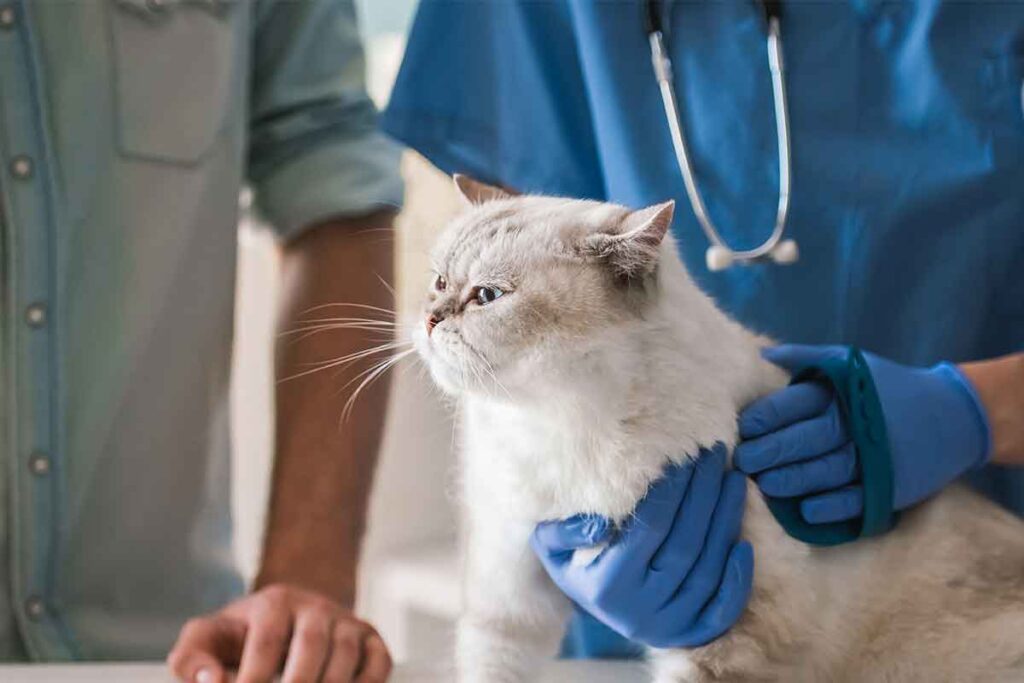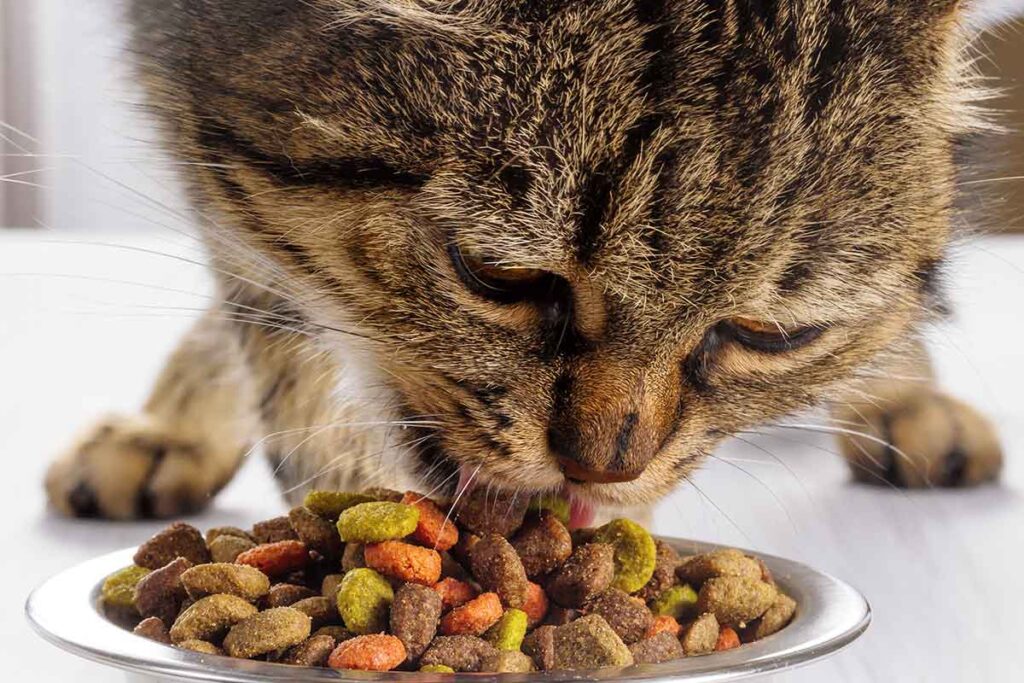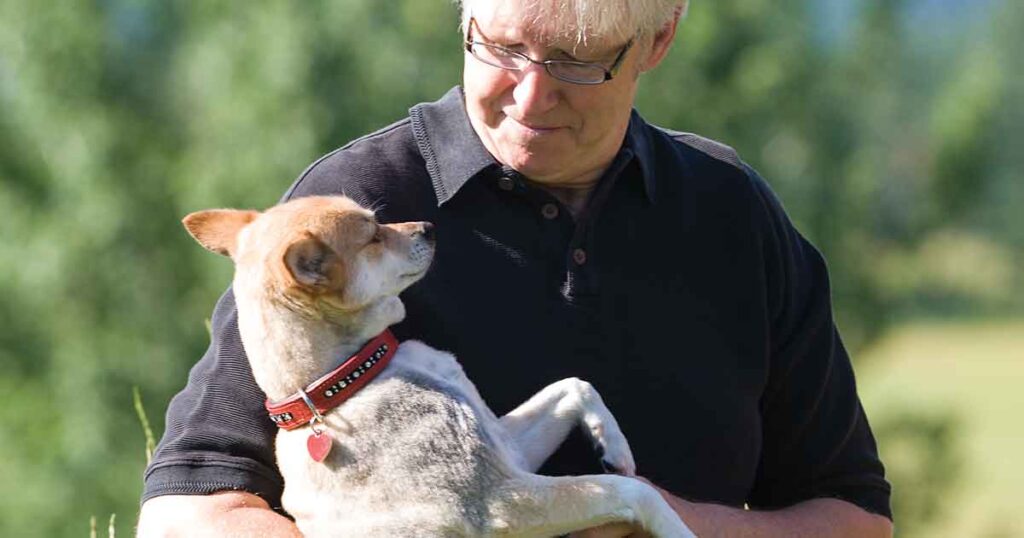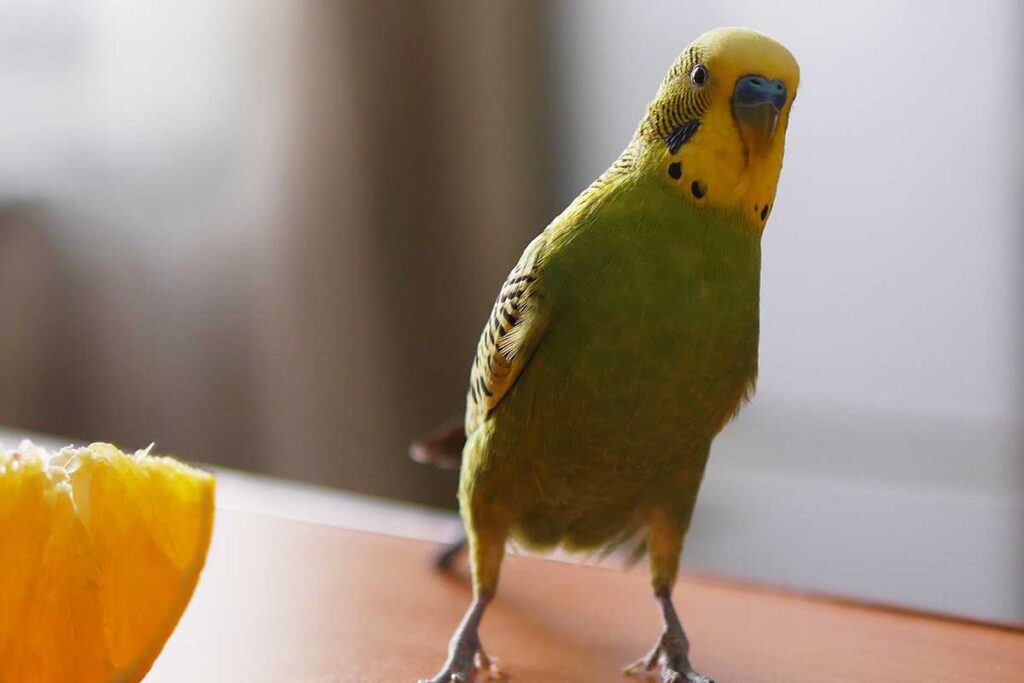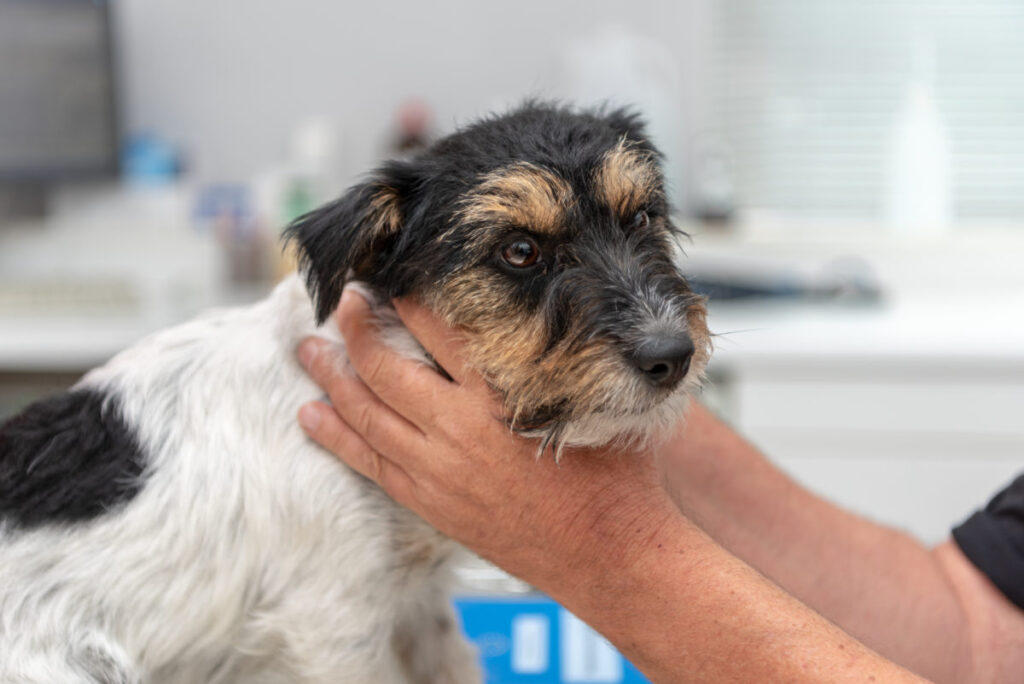
It would be wonderful if there were easy and objective parameters to identify pain. For example, heart rate above a certain increase would equal a certain pain level. That would make pain assessments black and white and simple. Unfortunately, as with so many areas of veterinary medicine, pain is not black and white or simple. Pets with chronic pain may not show any physiological changes such as an increase in heart or respiratory rates. Some of those physiological changes we associate with pain may also be reflective of fear. So while physiological parameters can help in pain assessments, they are not the mainstay.
In veterinary medicine we rely mainly on behavioral parameters to score pain. Reading behaviors is always a bit subjective, and individual pets can muddy the waters even more. Conscious pets (as opposed to pets under anesthesia) may be stoic or may be overly sensitive to touch due to fear resulting in the “drama queen.” Owners may be adept at observing behavioral changes or somewhat oblivious.
Scales To Consider
Colorado State University has pain scales set up for acute pain assessments in dogs and cats. Their system looks at behavior, response to palpation of or around a surgical site, and body tension. A non-painful dog is clearly comfortable resting in his cage, doesn’t mind any palpation, and is relaxed. At the opposite end of the scale, the very painful dog may be moaning, licking or chewing at his surgical site, fairly unresponsive to his surroundings, cries or acts aggressive if palpation is attempted, and stays rigid to protect the painful area. Cats show somewhat similar signs, although very painful cats may allow more handling than they did previously as they concentrate on their pain.
With the Glasgow Composite Pain Scale, the University of Glasgow looks at a variety of behaviors and watches for changes over time. For dogs there are 30 descriptor options within six behavioral categories, including mobility. People evaluate resting behaviors of the dog, reactions to any action around the injured area, changes in the dog when out of the cage and moving, and the dog’s overall attitude. Dogs receive a numerical score for each area, which are then added to aid in a treatment plan. For cats there are 28 descriptor options within seven behavioral categories. The short form allows for periodic re-evaluations of the pet.
AAHA has a set of three criteria that work well for both acute and chronic pain assessments but are quite general. Maintenance of normal behaviors, loss of normal behaviors, and development of new behaviors are indicative of a problem the pet is dealing with. At the veterinary hospital, an astute veterinary technician can pick up on changes a pet shows from pre-surgery to post-surgery for example. That can help staff determine the pet’s level of pain and what type of pain modification to try. One pet may need medications while another pet may be comfortable with a padded bed to lie on.
Types Of Pain
Most of the developed pain scales look at pets with acute injuries. Pain is sharp then, and behaviors most likely to be changed and easy to interpret. Chronic pain can be trickier to evaluate. Many pets “cover up” chronic pain or develop ways to adapt to minimize any pain by the way they move or other changes in habit.
For chronic pain, the input of owners is almost always necessary. An owner may comment that the cat no longer hops up on the counter or that the dog wants to turn around after only going a half mile on his daily walk instead of the usual mile. Sometimes an owner may not bring up these observations, but a skillful history taking will elicit changes that indicate pain. Careful observation by clinic staff may also lead to notes such as “less weight bearing on right hind when walks or trots.” Those subtleties may not be noticed by the owner due to gradual changes over time.
As with so much of veterinary medicine, pain assessments will vary with each individual animal. Sharpen your observation skills so you can pick up the tiny changes that indicate a pet in discomfort. Pain scoring systems will help to organize your thoughts but your own skills are the most helpful to the pet you evaluate.
This article was reviewed/edited by board-certified veterinary behaviorist Dr. Kenneth Martin and/or veterinary technician specialist in behavior Debbie Martin, LVT.

